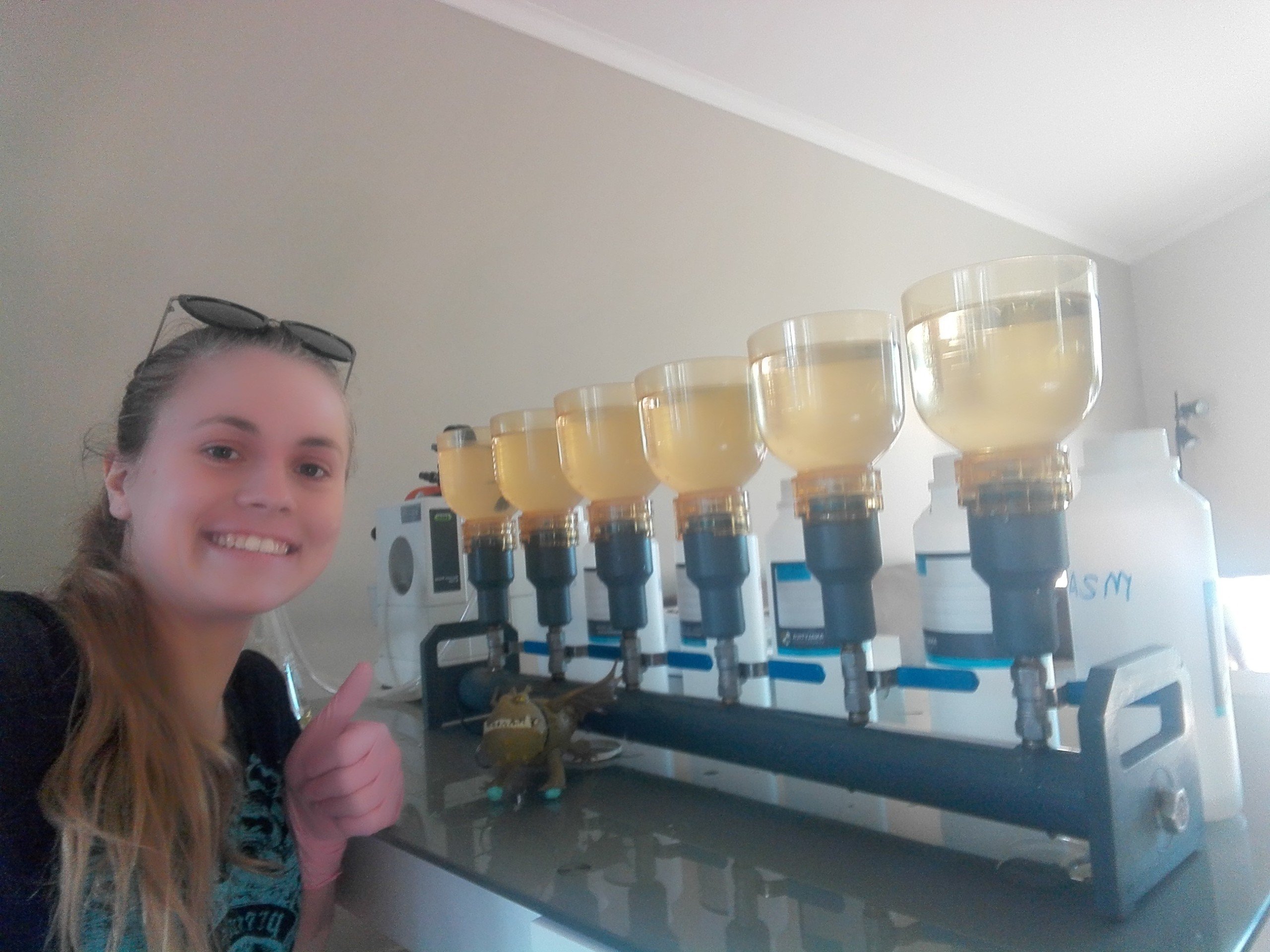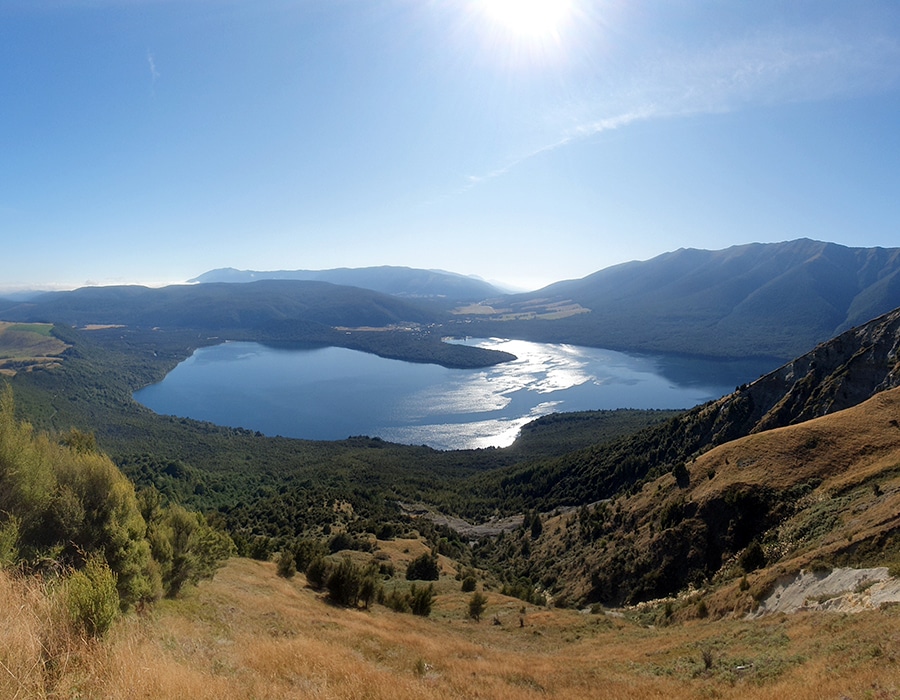2023. Optimal sample type and number vary in small shallow lakes when targeting non-native fish environmental DNA. PeerJ 11:e15210 https://doi.org/10.7717/peerj.15210
Abstract
Non-native fish have been shown to have deleterious impacts on freshwater ecosystems in New Zealand. Early detection is critical for their effective management. Traditional capture-based techniques may not detect newly introduced fish, especially if they are present in low abundance. Molecular techniques that target environmental DNA (eDNA) have been shown, in many instances, to be more sensitive, cost-effective and require lower sampling effort. However, appropriate sampling strategies are needed to ensure robust and interpretable data are obtained. In this study we used droplet digital PCR assays to investigate the presence of two non-native fish in New Zealand, the European perch (Perca fluviatilis) and rudd (Scardinius erythrophthalmus) in three small lakes. Samples were collected from water and surface sediment at near-shore and mid-lake sites. Probabilistic modelling was used to assess the occupancy of fish eDNA and develop guidance on sampling strategies. Based on the detection probability measures from the present study, at least six sites and five replicates per site are needed to reliably detect fish eDNA in sediment samples, and twelve sites with eight replicates per site for water samples. The results highlight the potential of developing monitoring and surveillance programs adapted to lakes, that include the use of assays targeting eDNA. This study focused on small shallow lakes, and it is likely that these recommendations may vary in larger, deeper, and more geomorphologically complex lakes, and this requires further research.



